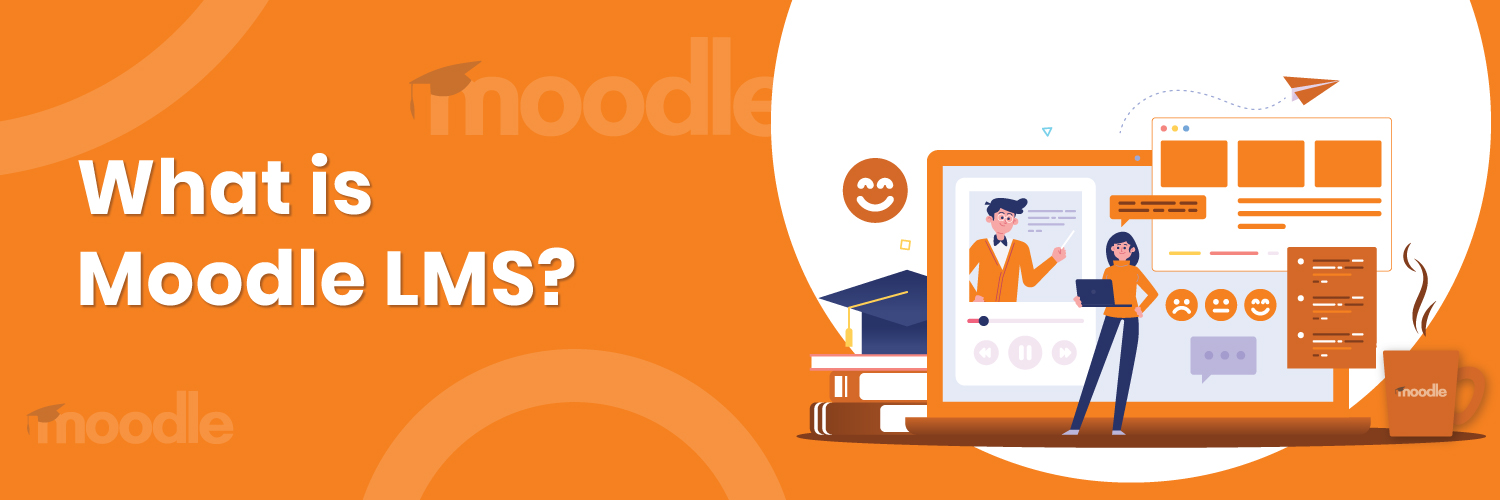“Modular Object-Oriented Dynamic Learning Environment” is how Moodle is referred to. Martin Dougiamas, the company’s founder and CEO, saw a need for a dynamic means for educators to give online learning in 2002 and founded it in that year. It creates a central web place where students may access a variety of tools, resources, and courses at any time and from any location. Moodle is the most widely used and well-respected learning management system for businesses of all sizes.
Moodle Features
Moodle’s most appealing feature is its open-source and configurable nature; yet, every Moodle installation includes a number of “out-of-the-box” features.
Personalized Dashboard
When users check in to Moodle, they are provided with their own personal dashboard, which may be customised to their preferences. Common components chosen for display include details of the user’s registered courses, deadlines for upcoming tasks, and important dates such as tests or assessments.
All-in-one Calendar
Every Moodle user has their own calendar, which maintains track of both personal and group and course events. You can use the calendar to keep track of course dates, assignment deadlines, upcoming examinations or activities, and group meetings in one convenient location.
Easy File Manager
Moodle employs a drag-and-drop file manager that is also optimized for mobile use. Users can move files around fast and simply, and connect to cloud storage services such as Microsoft OneDrive, Dropbox, or Google Drive to access their material immediately from within the learning platform.
Responsive Interface
Moodle’s UI is regularly updated to ensure the best possible performance on a variety of devices and screen sizes, ranging from desktop computers to mobile phones. For an even better user experience, Moodle also has an official smartphone app for iOS and Android.
Intuitive text editor
Wherever you are on the site, the site-wide text editor makes it simple to add rich formatting, quotations, and mathematical calculations alongside media like photographs, audio clips, and videos. It’s just as easy for course makers as it is for students; there’s no need to learn HTML to create media-rich, responsive course sites and activities that operate on any device.
Collaborative tools
Moodle was built from the ground up to support collaborative learning, as seen by the wide range of tools available for users to exchange information and collaborate on assignments. To ensure learners stay in touch with peers and course leaders, forums, wikis, glossaries, and database activities are linked with an easy-to-use internal messaging system.
Reporting and Tracking
Moodle has extensive monitoring and reporting built right into the platform, as well as a drag-and-drop report builder for creating bespoke reports that can be delivered to managers or team leaders automatically, and the possibility to add expanded data visualisations and analysis tools via available plugins. Data can be shared in real time with other systems like HR software or management information systems, or exported in bulk in a variety of formats for long-term storage or auditing.
Push Notification
Moodle offers a centralized notification system to keep everyone informed about course start dates, assignment deadlines, and exam schedules. Notifications are either pushed to the user’s dashboard so they’re visible when they log in, or they’re sent in real-time to the mobile app for immediate notifications. Any new communications received through the internal messaging system are also informed to users.
We introduced Moodle to you in the preceding paragraph. It is impossible to cover all of the aspects in a single post because it’s a well-known technology with several benefits. Please contact us at [email protected] if you would like further information on Moodle. We’re always here to assist you with any technical issues you may have.



Add a Comment
You must be logged in to post a comment